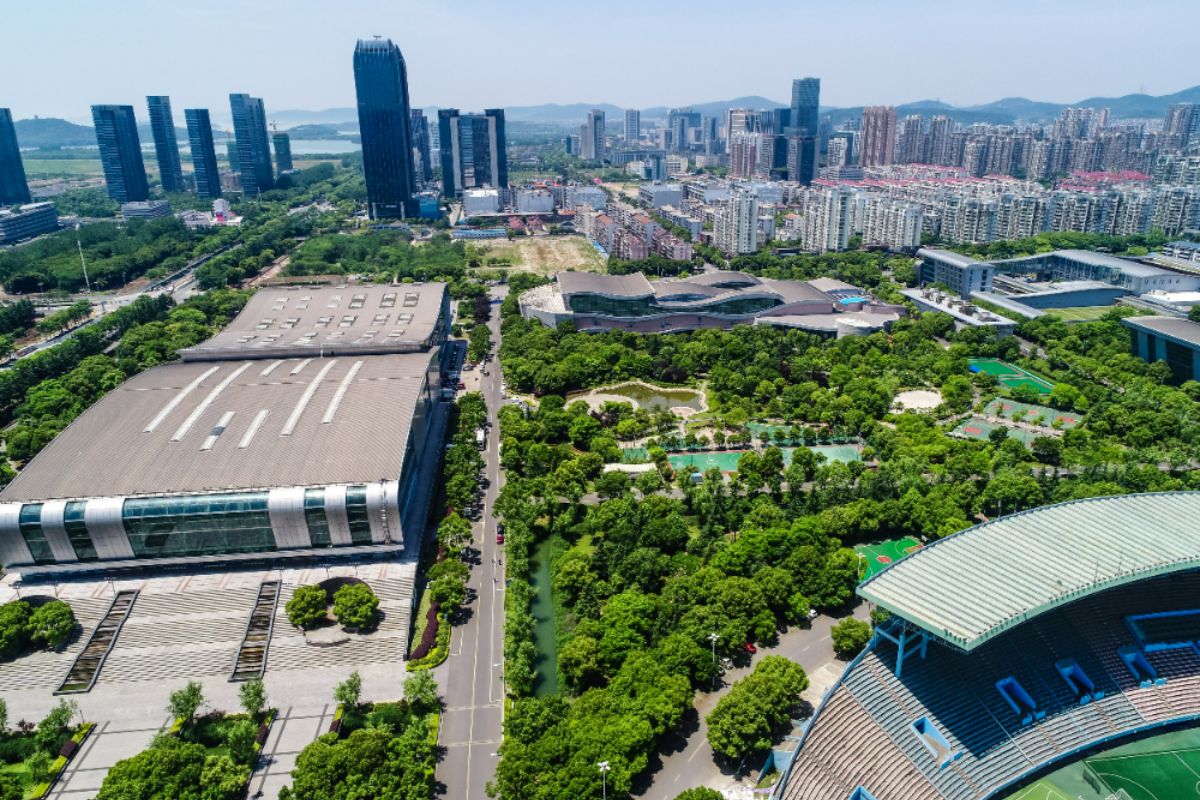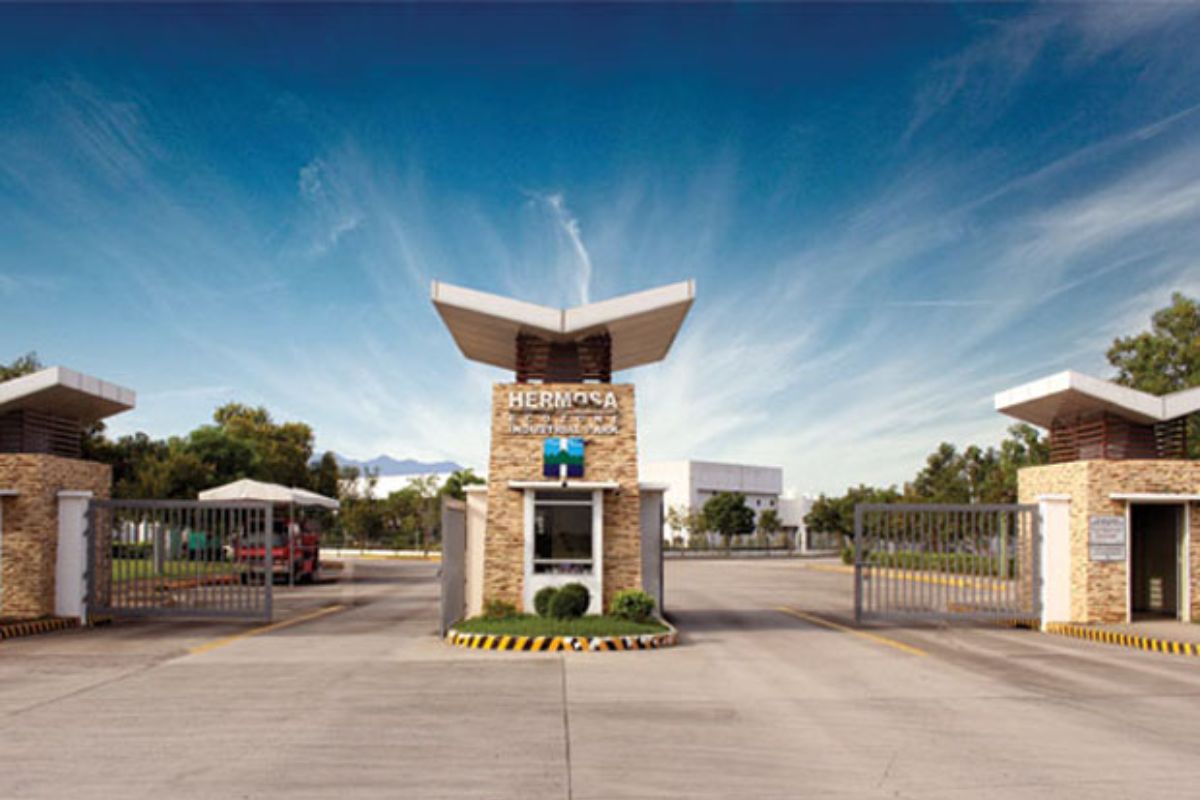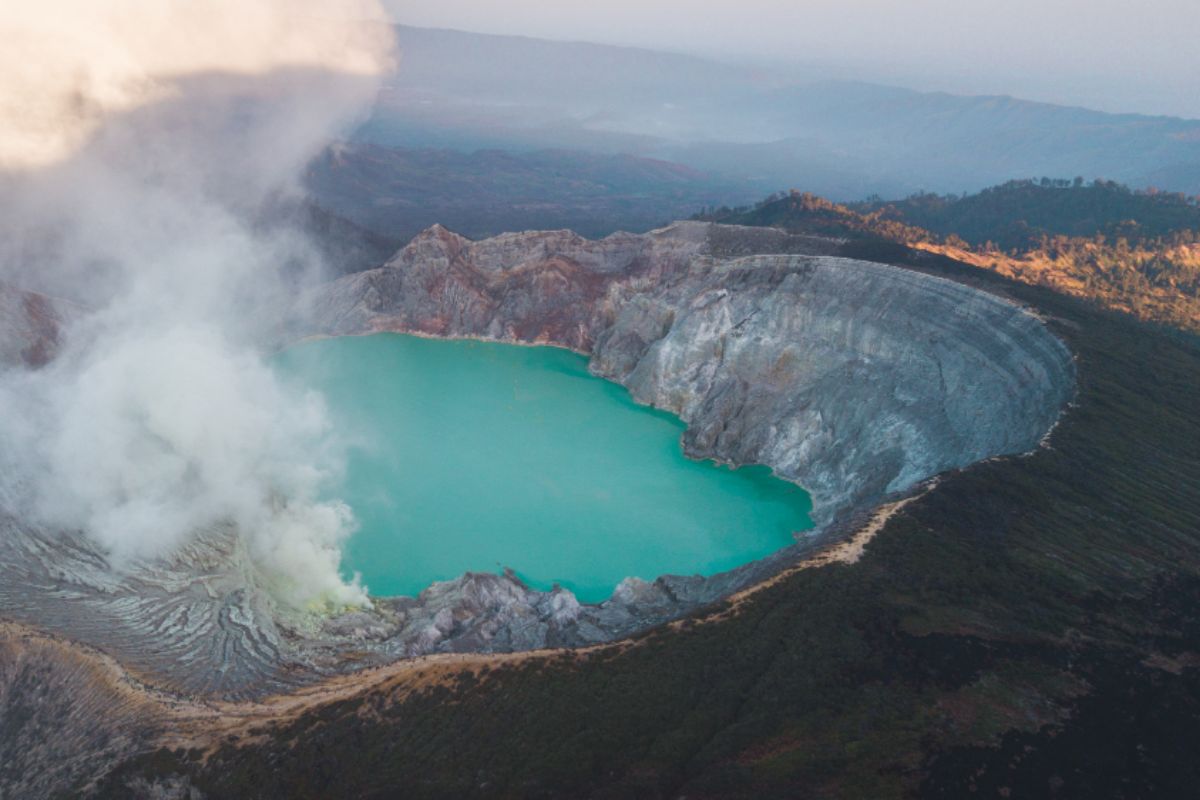What are the topographical features of an industrial park in the Philippines?
- Flat or level land
- Large, open green spaces
- Well-planned road networks
- Zoning and land use planning
- Extensive utility infrastructure
- Proper drainage systems
- Buffer zones
Overview
- Topographical features in industrial parks are vital for disaster-proofing businesses, particularly during unexpected events.
- Flat or level land, large open green spaces, and well-planned road networks optimize operational efficiency and safety within industrial parks.
- Additionally, zoning and landing use planning, extensive utility infrastructure, proper drainage systems, and buffer zones create a robust and environmentally friendly environment, promoting sustainability and business continuity.
Preparedness is the key to weathering the unexpected challenges that may arise in businesses within industrial parks in the Philippines. There are many things to consider from the park provider to the amenities that they offer. However, one of the most important things to look at is the topographical features in industrial parks. This refers to the physical characteristics and layout of the park, playing a crucial role in determining how it can be used and what types of activities are suitable for the area.
Considering these features allows companies to ensure their investments remain resilient in the face of unforeseen disasters, such as floods, earthquakes, and storms. Read on to discover more.
Flat or Level Land
Industrial parks often necessitate unobstructed areas for various functions, such as manufacturing, warehousing, and logistics. They are designed with specific features to accommodate these industrial activities effectively. They are situated on a level terrain, providing a stable foundation for the development of industrial buildings and crucial infrastructure.
Level land provides a distinct advantage by offering extensive, uninterrupted spaces that enable businesses to plan and construct their facilities efficiently, without the requirement for extensive earthwork or grading.
In addition to these, it plays a pivotal role in mitigating natural disasters and ensuring a secure environment. This flat topography reduces the risk of erosion, landslides, and geological hazards, fostering a safe and stable setting where businesses can operate efficiently.
Large, Open Green Spaces
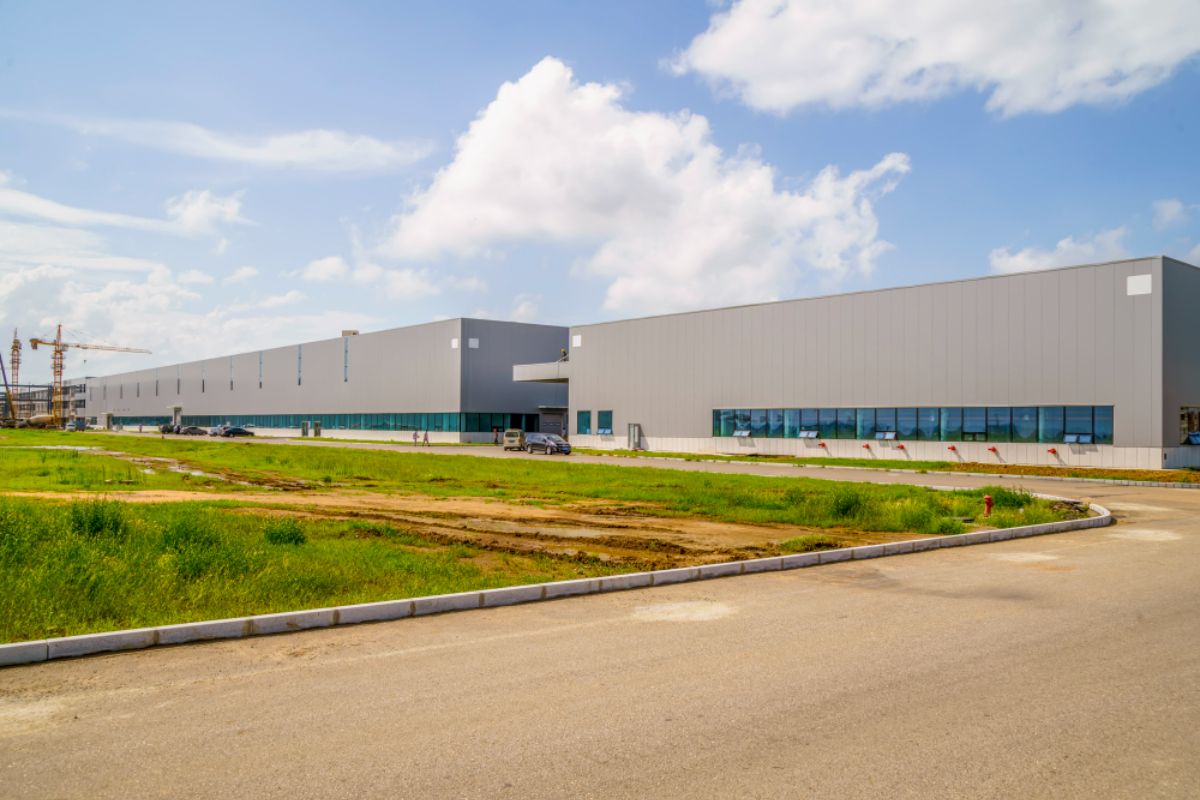
These parks are thoughtfully laid out to incorporate expansive and open green spaces. They allow businesses the agility to allocate space according to their specific needs, be it for manufacturing, warehousing, or logistics operations. This adaptability empowers them to optimize their operations.
Take SPPI’s Hermosa Economic and Industrial Park in Bataan. Covering 162 hectares within a meticulously planned 478-hectare site, it occupies a central position in the thriving growth corridor linking the Subic Bay Freeport Zone in Zambales and the Clark Special Economic Zone in Pampanga.
Well-Planned Road Networks
Industrial parks also prioritize establishing comprehensive road networks, such as main access roads, service roads, loading and unloading zones, and beyond to enable the seamless flow of vehicles, goods, and personnel within the park.
These road systems are designed, taking into consideration the specific needs of various industries operating within. They are equipped with appropriate signage, lighting, and traffic management systems to ensure safety and efficiency, especially during round-the-clock industrial operations.
With well-established road networks, industrial parks provide their locators with convenient access to different facilities inside the park. This minimizes travel times, optimizing logistical processes, and contributing to its attractiveness as an industrial hub.
Zoning and Land Use Planning
Zoning and land use planning in industrial parks are essential components of their design and development. They involve the allocation and organization of specific areas within the park for various types of industries and activities. They ensure these parks function efficiently while minimizing conflicts, promoting a harmonious coexistence among different businesses.
Moreover, well-planned industrial parks with appropriate zoning can foster positive relations with surrounding communities by minimizing disturbances and environmental impacts.
Extensive Utility Infrastructure
Utility infrastructure supports the diverse operational needs of various industries. It ensures the seamless functioning of manufacturing processes, the well-being of employees, and the overall productivity of businesses.
Industrial parks boast a dependable water supply with thoroughly treated and clean water, catering to manufacturing processes, cooling systems, and employee facilities. With its robust infrastructure comprising water treatment plants, extensive distribution pipelines, and strategically placed fire hydrants, it guarantees uninterrupted access to water.
They also prioritize the establishment of high-capacity electrical grids, which incorporate efficient backup power systems to ensure uninterrupted operations even during unexpected power outages.
Moreover, industrial parks boast cutting-edge telecommunication networks, such as high-speed internet connectivity, fiber optics, and advanced communication technologies for seamless data transfer and efficient communication for their locators.
Proper Drainage Systems
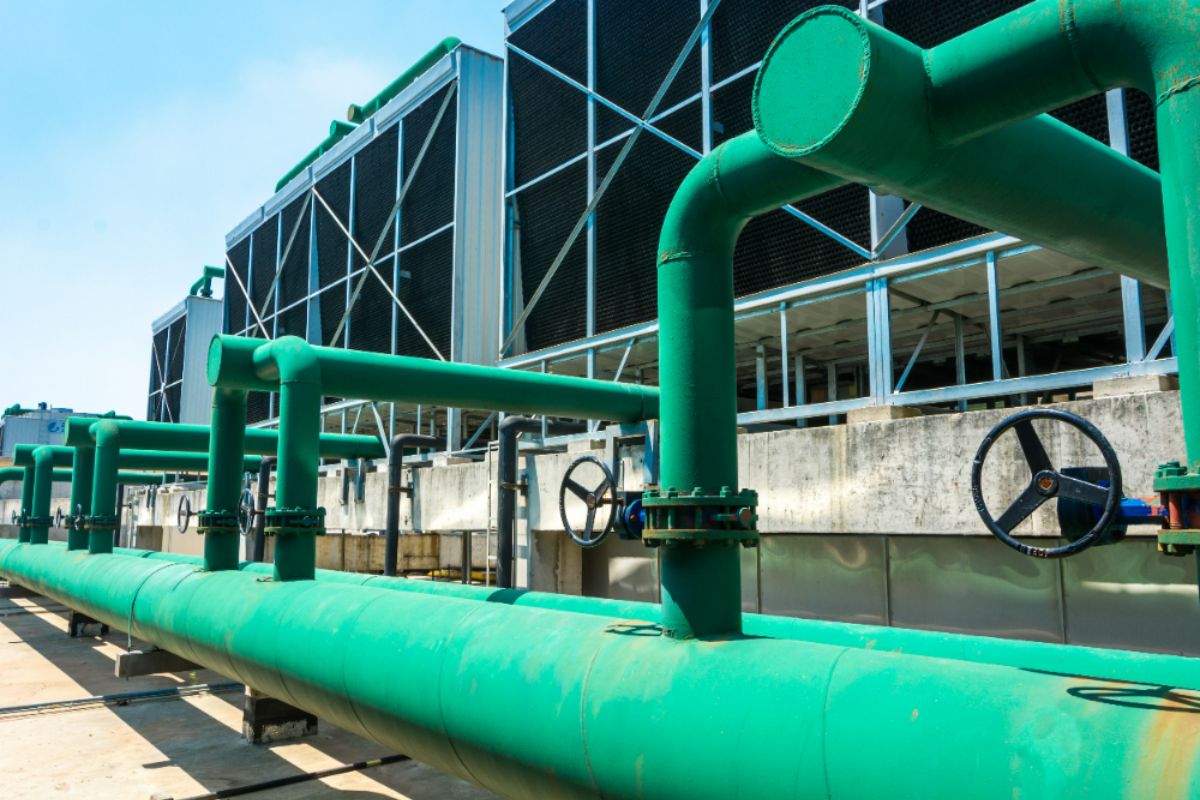
The installation of comprehensive drainage systems in industrial parks is driven by the need to efficiently manage stormwater runoff. It’s due to the fact they are susceptible to the accumulation of rainwater. That’s why they encompass various components, such as stormwater channels, detention ponds, and underground drainage pipes. Without proper systems, this water runoff can lead to flooding, property damage, and even disruptions to industrial activities.
At SPPI’s Light Industry & Science Park IV, three detention ponds are strategically built to control stormwater runoff and mitigate the risk of flooding during heavy rainfall. These ponds function by temporarily storing excess rainwater and then gradually releasing it at a controlled rate, reducing the potential for flooding downstream.
Buffer Zones
Buffer zones are protective boundaries to mitigate potential adverse effects that industrial activities might have on nearby residential or commercial areas. These are strategically designed to act as a barrier, safeguarding the environment and the well-being of nearby communities.
Some industrial parks including SPPI use natural features, such as trees, shrubs, or green belts to create a visual and environmental buffer. These not only improve aesthetics but also help absorb pollutants and noise, enhancing the overall quality of the environment. By incorporating these zones, we ensure a conducive and functional environment for our multinational and fortune locators.
Key Takeaway
By choosing a park located in an area with advantageous natural features, such as elevated grounds or well-drained terrain, businesses can reduce the risks associated with natural disasters like floods and earthquakes. These topographical features in an industrial park provide an added layer of protection, safeguarding critical infrastructure, equipment, and inventory from potential damage and ensuring the continuity of operations.
When contemplating an investment in an industrial park in the Philippines, your first choice should be SPPI. Our dedicated team is prepared to navigate you through the diverse options within our accessible locations. Get in touch with us today!
